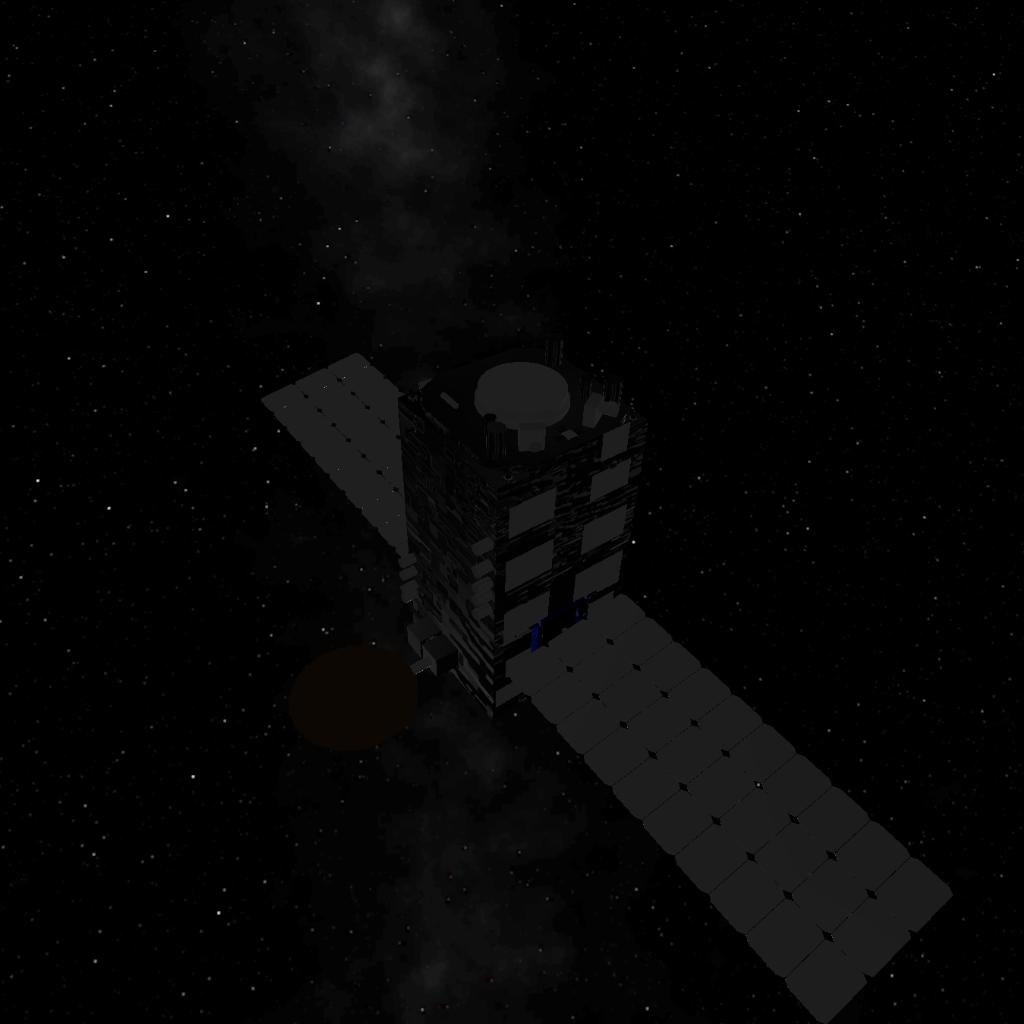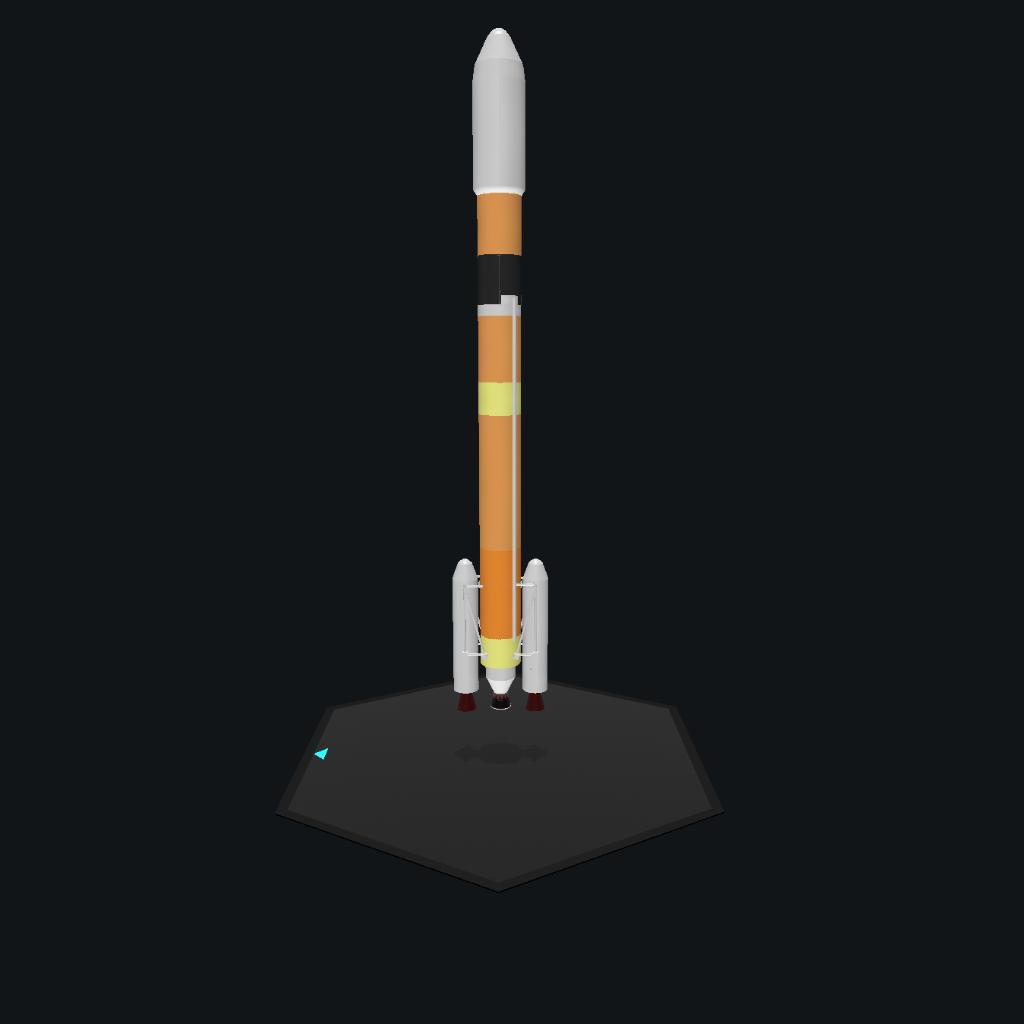The first Quasi-Zenith Satellite Michibiki (QZS-1) was launched by H-IIA Launch Vehicle No. 18 on September 11, 2010. Initially, it was aiming to launch it in FY2009, but it was postponed on August 2, 2010 because it was impossible to obtain the atomic clock that was procured from foreign countries ahead of time. After that, a problem was found in Michibiki's reaction wheel (posture control device), so it was postponed further. The satellite development cost is about 40 billion yen.
The results of Michibiki will be used to make decisions about additional satellite launches. Therefore, the design life of Michibiki is as long as 10 years (12 years for propellants and batteries). After that, it will be used in conjunction with GPS operated by the US Air Force and Galileo, which is under development in Europe.
By shifting from the proven GTO to the quasi-zenith orbit and changing the transition orbit injection to the optimal time, the plan to launch at H-IIA 204 will be launched at H-IIA 202, reducing costs by 1 billion yen Has been successful.
RCS is vrey unstable.
I dont recommend using this.
You can open the antenna by operating slider 1.
GENERAL INFO
- Predecessor: H2A rocket
- Created On: Android
- Game Version: 0.9.205.0
- Price: $24,012k
- Number of Parts: 187
- Dimensions: 63 m x 5 m x 9 m
PERFORMANCE
- Total Delta V: 6.8km/s
- Total Thrust: 5.4MN
- Engines: 7
- Wet Mass: 2.03E+5kg
- Dry Mass: 10,214kg
STAGES
| Stage | Engines | Delta V | Thrust | Burn | Mass |
|---|---|---|---|---|---|
| 1 | 3 | 4.3km/s | 4.5MN | 2.0m | 2.03E+5kg |
| 2 | 0 | 0m/s | 0N | 0s | 1.3E+5kg |
| 4 | 1 | 1.9km/s | 78kN | 8.1m | 26,209kg |
| 5 | 1 | 636m/s | 20kN | 2.8m | 5,762kg |








